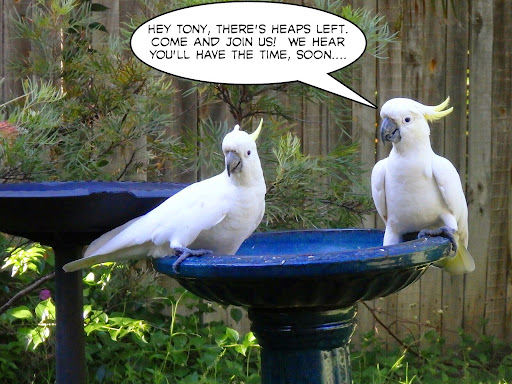I see that libertarian Liberal Peter Phelps has tweeted a link to the opinion piece in Fairfax today "
Australia doesn't have a problem with alcohol. We have a problem with violence." I take it that he has a problem with the various lock out laws in New South Wales.
The article makes the first hand observation that in Germany, or Berlin at least, alcohol is sold with few restrictions, at low cost, and consumed copiously, yet they do not have the street violence problem that we have in inner city Australia. In this respect, it sounds like Germany is very like Japan. (The national characteristics are very similar is quite a few ways, really.)
So, we all know that different countries have different cultures and different ways of reacting to alcohol and drugs. But, as the writer of the Fairfax article says, it is by no means clear why young Australians often behave badly when drunk compared to young-ish Germans and Japanese.
I agree with that. Many people also feel that behaviour on the streets has become worse over the last few decades. Why has that happened (assuming it's true - and I suspect it is)? There is likely no simple answer, with various factors involved, but obviously, it would be completely unrealistic to say the alcohol consumption itself is not a factor.
But the thing is, if you want to address a problem, you deal with what you've got, and what you can address quickly. Changing a culture around the consumption of alcohol is not something you can do quickly.
So regardless of the inter cultural comparisons, the obvious thing to do for a problem of alcohol related street violence
in Australia is to tighten control on sale of alcohol. If the
hospital doctors in Sydney say its working, it almost certainly is. The cultural change that may see us with happy drunks in the streets who rarely get into a fight (as with, in my experience, Japan) might, somehow, come eventually; but until then you deal with what you've got with ways that are quickly effective.
(Oh, and by the way, though regular alcohol consumption after work is extremely common in much of Japan, they do mostly toddle off home by midnight.)


